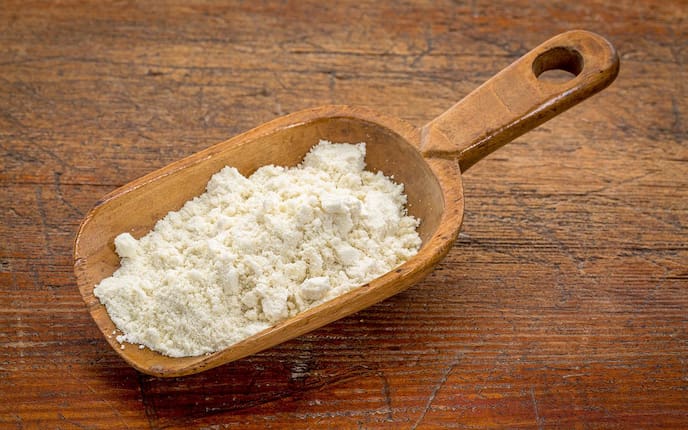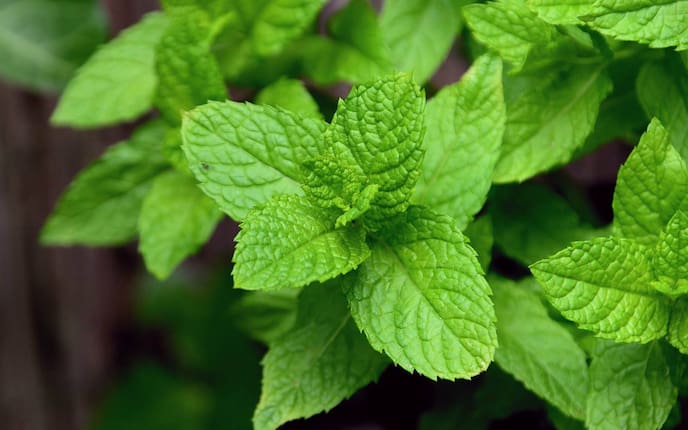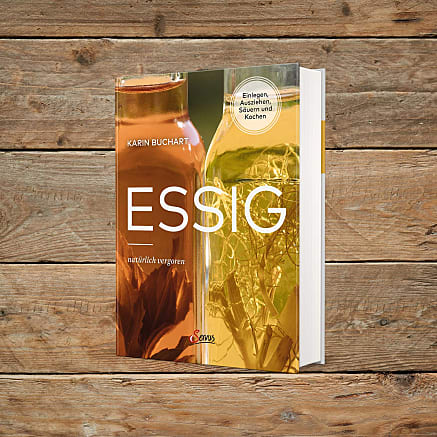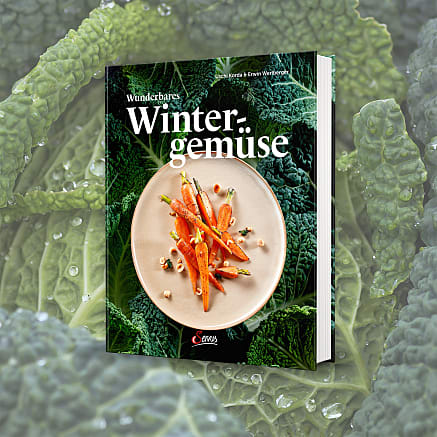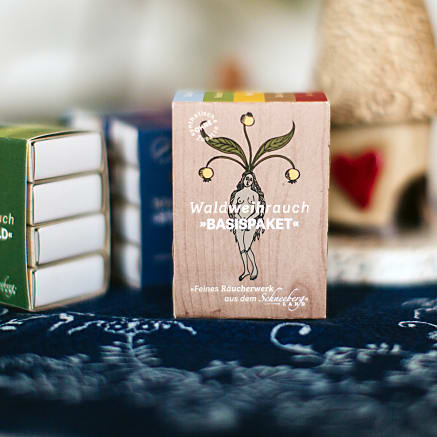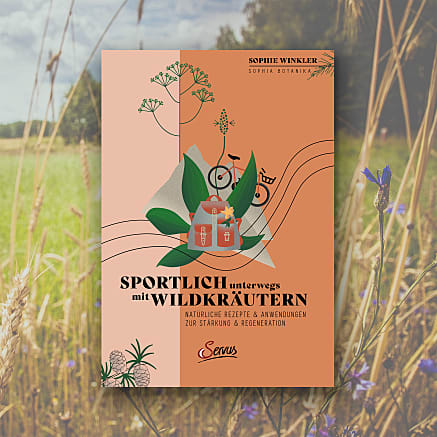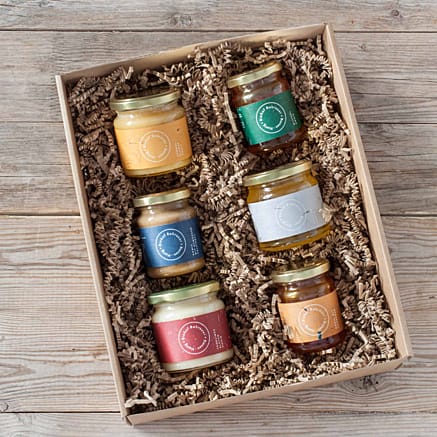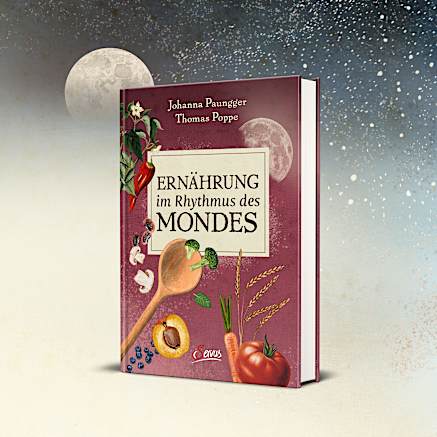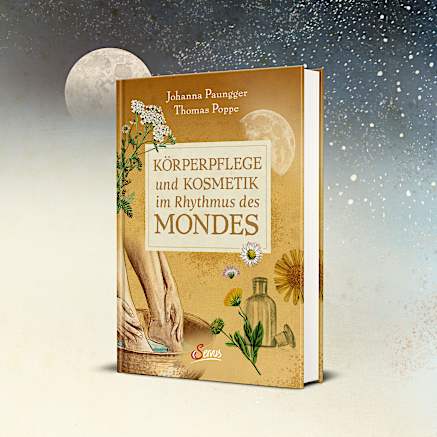Die heilsame Wirkung von Liebstöckel-Wein
Der Liebstöckelwein stimmt Magen und Darm auf die Verdauungsarbeit ein. Er nimmt das Völlegefühl und reguliert die Verdauungssäfte.

Foto: Getty Images

Foto: Roland Vorlaufer
- 250 g klein geschnittener Liebstöckel
- 1 l Weißwein
Anzeige
- Liebstöckel in einem Glas mit gutem Weißwein übergießen und zehn Tage lang am Fensterbrett ziehen lassen, dabei immer wieder schütteln.
- Dann abseihen und in dunkle Flaschen füllen.
Anwendung
Den Liebstöckelwein im Schnapsglas als Aperitif vor den Mahlzeiten trinken.
Diese Informationen stellen keine medizinische oder ärztliche Beratung dar. Bitte beachten Sie die allgemeinen Dosierungsempfehlungen und konsultieren Sie insbesondere bei Beschwerden und Vorerkrankungen Ihren Arzt. Jegliche Haftung wird ausgeschlossen.
Abo
Ihr Vorteil: Drei Ausgaben kostenlos
15x nach Hause bekommen & nur 12x bezahlen
Wunsch-Startdatum wählen & kostenlos nach Hause liefern lassen
Mindestlaufzeit: 12 Ausgaben, Erscheinungsweise: 12x im Jahr
Jederzeit mit 4-wöchiger Frist zum Monatsende schriftlich kündbar (nach Mindestlaufzeit).
Anzeige
